How much is amber worth?

Amber can be found anywhere in the world. The age of young stones is 35 million years. And the oldest that have been found is 140 million years old.
The coveted stone can be found in the Dominican Republic, Romania, Lebanon, Canada, Mexico, Belarus, Sicily... And there are also finds in Japan, New Zealand, PRC and Greenland. But the main deposits are in the USA and the Baltic Sea. China is a leader in the production of expensive amber products. The mineral is actively mined there - from 4 to 10 tons per year.
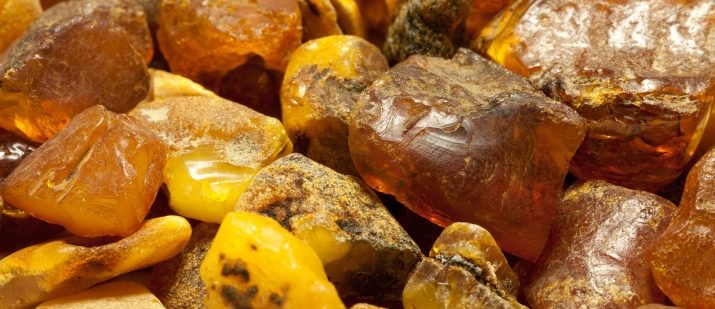
World market value
As for the cost of the stone, amber from the island of Haiti in the Dominican Republic is considered the most expensive. Only there can you find blue amber. It is difficult to process, but jewelry made from this stone is stronger and more durable than any other types of amber. The fist-sized mineral sells for $ 300.
In China, the cost of an average size of a milk amber stone is 20,000 rubles. This exceeds the price of blue amber from the Dominican Republic.
Wanting to know what the price of a gram of amber is, we draw a conclusion based on the average price, we get 150 rubles. Accordingly, 1 kg of the mineral costs 150 thousand rubles. And also the cost depends on whether the stone is processed or unprocessed.

Prices in Russia
Amber is mined most often in Kaliningrad. The main places for the sale of stone are Moscow and St. Petersburg. The cost formation depends entirely on the difficulty of manufacturing the product. A gram can cost from 30 to 150 rubles. A kilogram, respectively, from 30,000 to 150,000 rubles. A cheap item may mean that the item is made of pressed or stolen stone. Or, what is most unpleasant, it may be a fake.
In the "black" market, buyers pay seekers for 1 kg of amber from 50 to 7000 dollars.
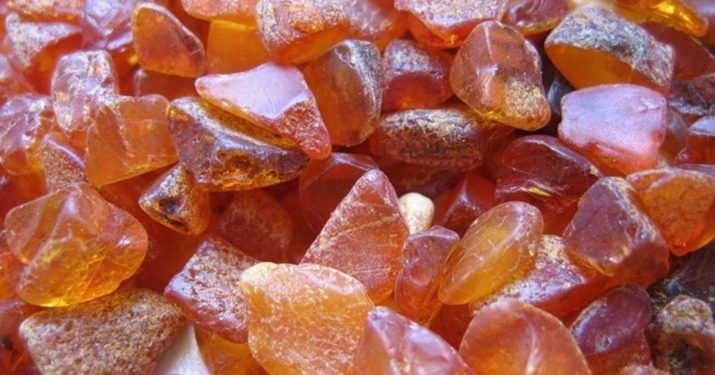
Jewelry value
Any item with amber inside adorns its owner. One piece of stone can have several colors. It is easy to handle, and thanks to this, you can create any form of decoration.
The most ancient amber products are beads. Now the choice is wider. A brooch, hairpin, earrings, pendant, bracelet and so on can be made of stone. But you can also find various souvenirs made of amber. And the stone also contributes to good luck in various fields of application. Let's consider each of them.
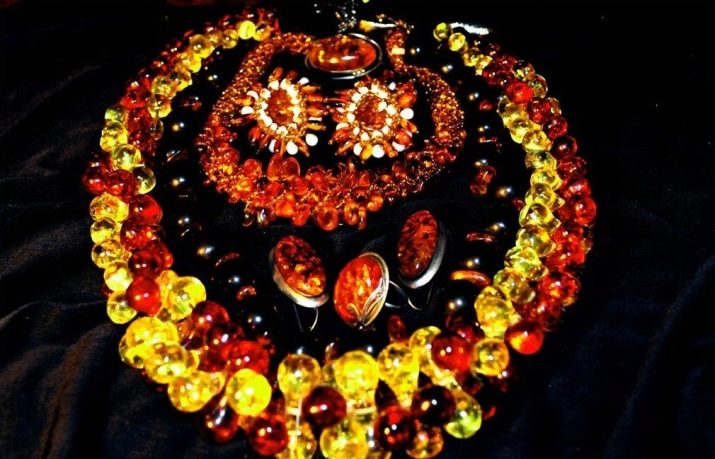
In medicine
The ancient sages were convinced that the stone can heal serious illnesses, normalize the general condition of a person, relieve problems with the heart, respiratory system and lungs. It was rumored that amber, with its healing power, was able to stop vomiting and bleeding.
Hippocrates treated teeth by rubbing amber powder into the gums, believing that these procedures give them a more snow-white appearance. Migraine was treated with amber fumigation. This was considered a luxurious way of treatment, and not everyone could afford it, since amber itself was worth cosmic money.
Europeans have found salvation in a healing stone for thousands of years. They practice the treatment of tumors, tuberculosis and many other incurable diseases.
The Slavs believed that the stone is also able to protect from the evil eye and a bad word. Breastfeeding mothers put on a necklace to save the house from evil spirits.
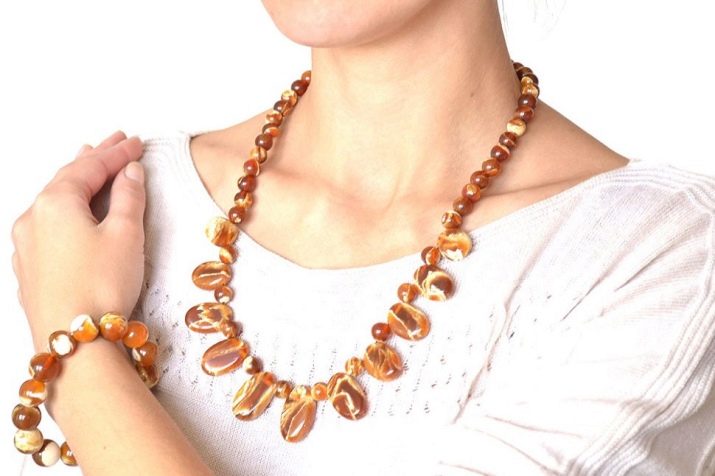
Today, the use of amber for medicinal purposes is gaining popularity again. Only the methods of treatment are slightly different. It is used for symptoms such as:
- headache - the stone is warmed up and applied to the temporal part of the head, accompanied by light massage movements;
- respiratory system disease - breathing over a water bath made of amber;
- thyroid disease - wear beads made of unpolished amber;
- joints - apply a heated stone to painful places, and also wear a bracelet;
- stressful condition - massage with amber oil;
- cosmetics with amber refreshes and firms the skin.
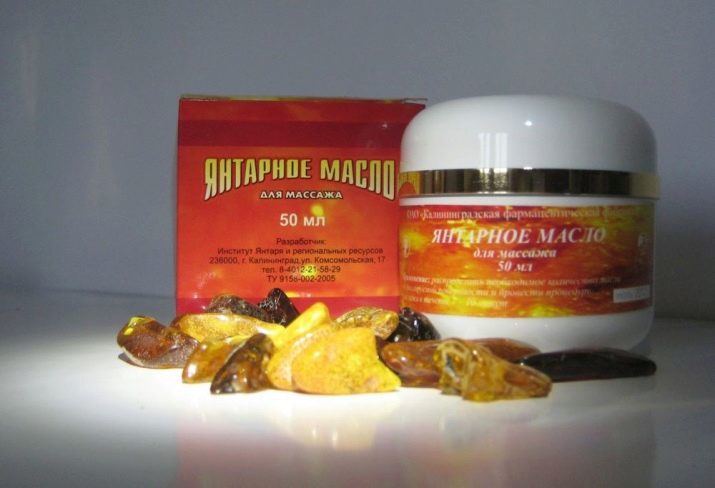
And also in modern medicine, succinic acid is actively used, which helps to slow down the signs of aging.
In an industrial environment
90% of minerals are not suitable for creating jewelry. Small pieces, waste, fragments are used in paint and varnish, perfumery and many other areas.
Succinic acid is actively used in agriculture. With its help, corn seeds are processed, and they germinate very quickly and please with high yields.
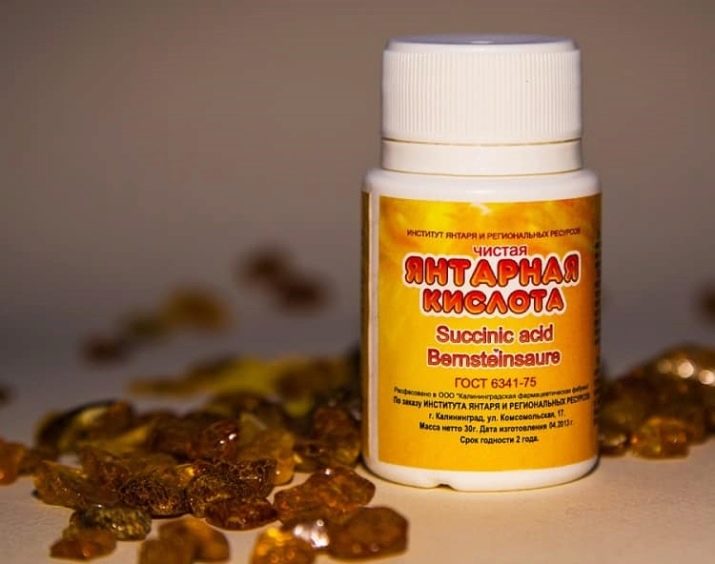
In science
Amber not only has powerful healing properties, but is also a real find for scientists. Thanks to this stone, scientists managed to find out the past of our planet, describing the many plants and animals that have survived inside the mineral.
Amber is often found with fossilized insects. In 1997, they even managed to find a stone with a frog inside. There are also known finds with a lizard, a moth and even a dinosaur's tail. These attractions are housed in the museum.
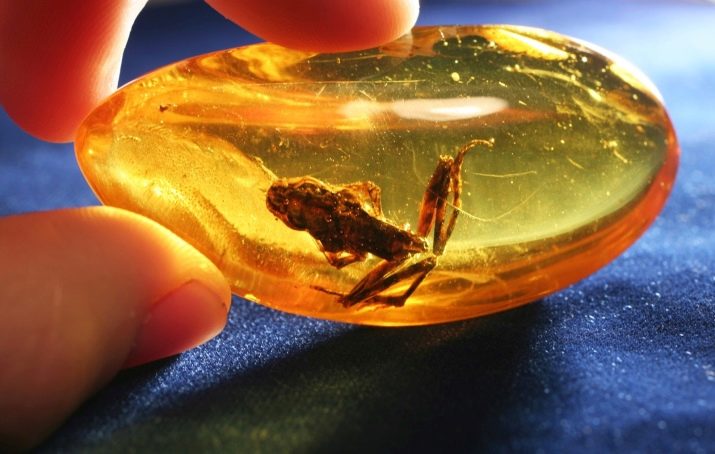
How to distinguish from a fake?
Modern technologies are rapidly moving forward, so when buying amber, you need to know exactly how to distinguish it from a fake. The type of materials used can mislead even a person who disassembles in stones. According to their external data, forgeries have the maximum resemblance to natural stone. That's why you need to study the material that will help you see the deception.
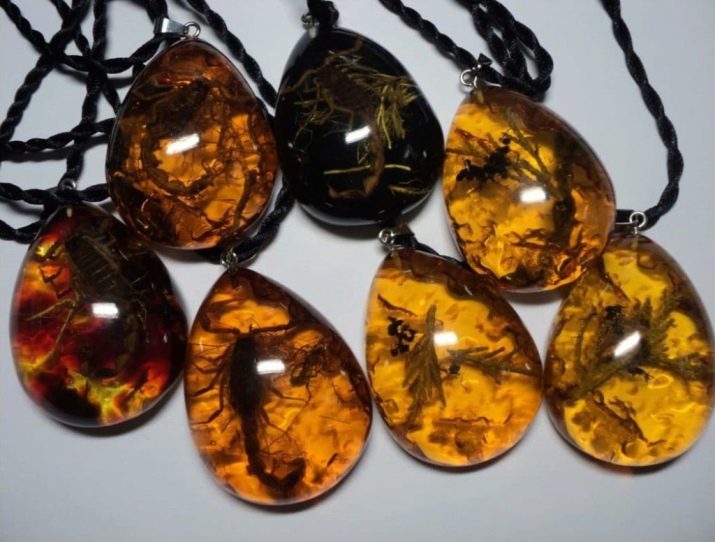
Consider materials that can mimic natural stone.
Resin
This imitation has a coniferous aroma and is softer to the touch than real stone. If you look at the stone in the sun, you can see a homogeneous structure, without a single blotch.
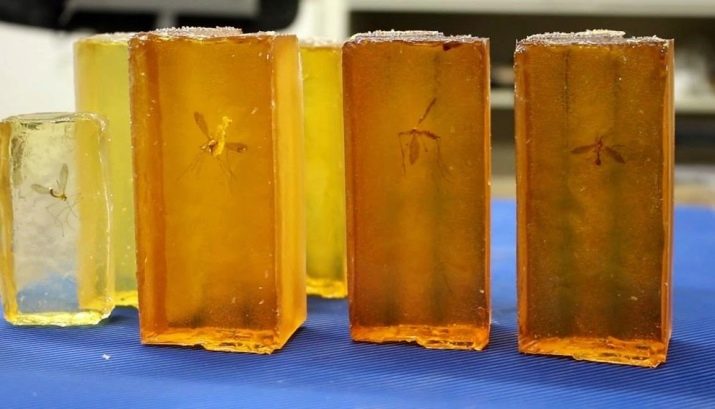
Copal
It is very difficult to distinguish a fake from the original, even for experienced jewelers. Only melting the stone will help here.
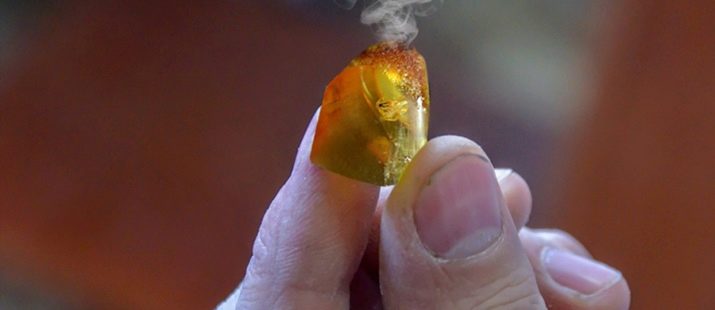
Kauri
This resin lacks the hardness that is inherent in natural stone. Kauri is good for making furniture, not decoration.
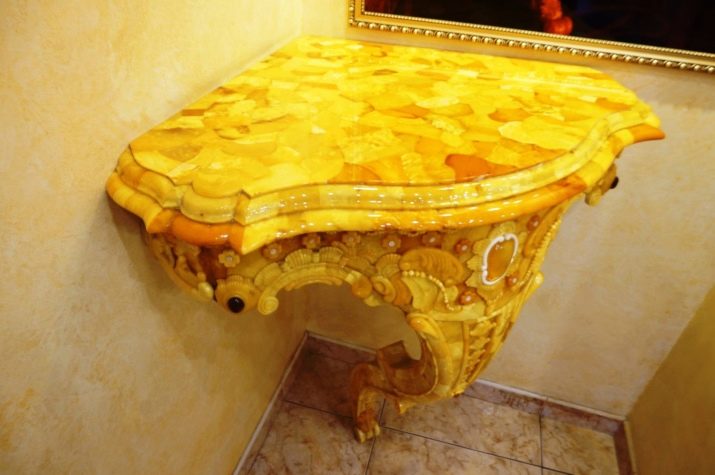
Plastic
Plastic amber looks very attractive and does not differ much from the original. Plastic is very easy to identify. To do this, you need to take a piece of jewelry in your hand. The weight of the counterfeit product is hardly felt.
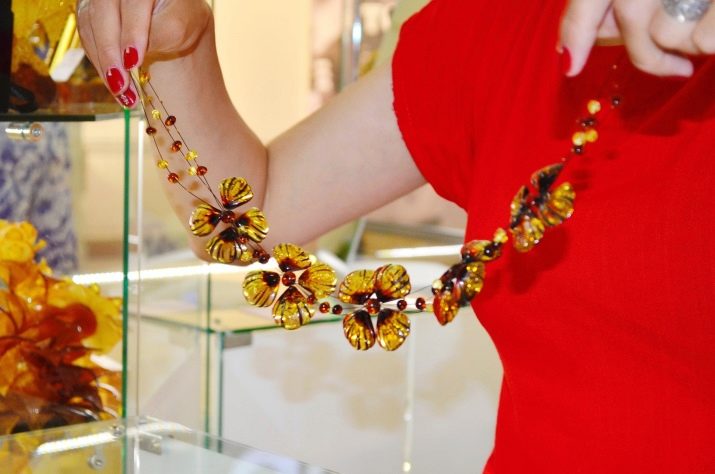
Glass
Glassware is often very similar to the original, both in appearance and in weight. The only thing that betrays a fake is that glass jewelry is not scratched, while natural stone is very easy to scratch.

Pressed amber
Outwardly, it looks like a natural stone. It is made from waste and waste particles. The properties of pressed amber are the same as real ones. Small bubbles and low transparency give it away.
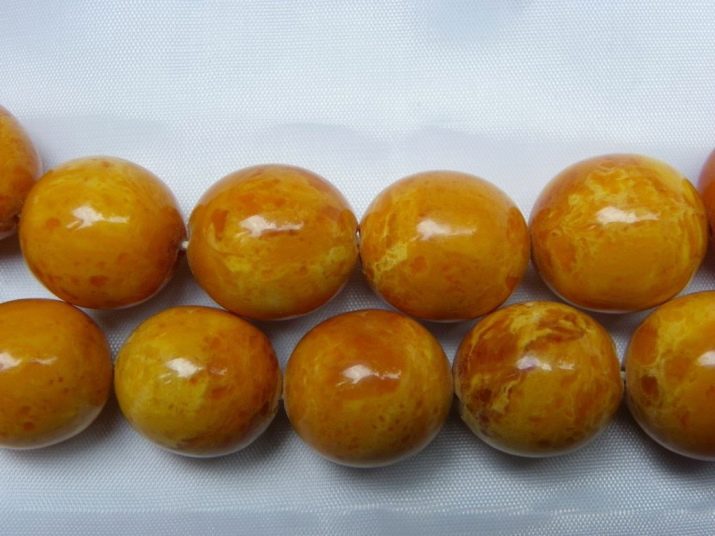
Bernite
In order to be as similar as possible to the original, various defects are artificially made to it.
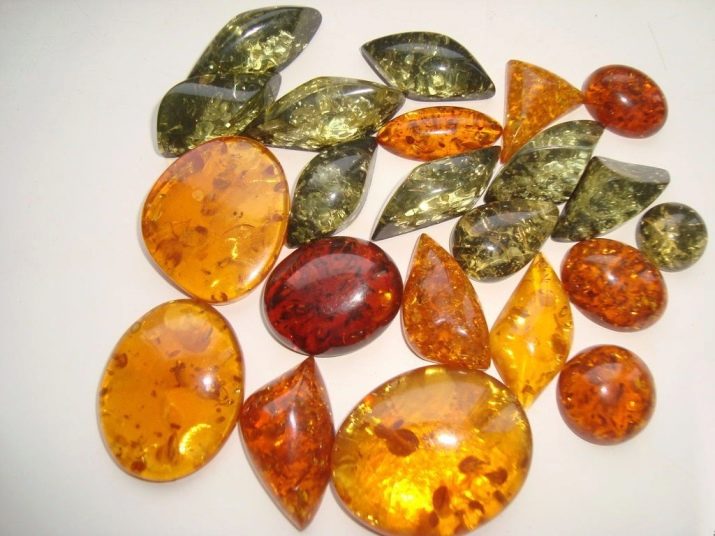
How to identify a counterfeit in a store?
The stone has many shades of muted color. Looking at the product in the light, you can notice a lot of inclusions and uneven appearance.
It is worth doubting if there is a product in front of you with a geometrically correct pattern, bright color and without a single flaw.
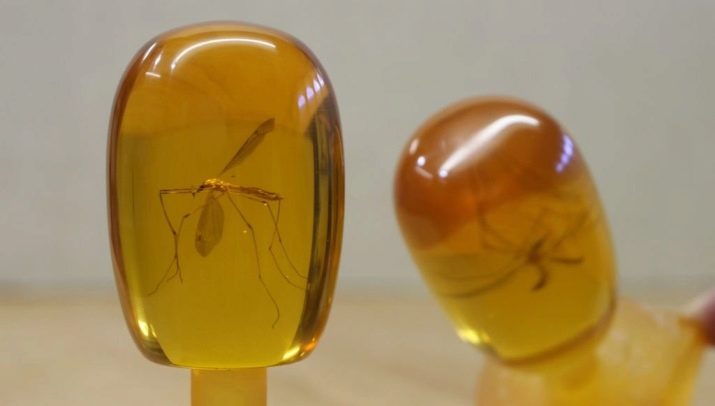
Inclusions
Previously, if insects or plants were found in a mineral, then this made it possible to verify the original of the stone. Today it can easily be a fake. Inclusions are much more expensive than regular amber, so attention to detail is worth adding. In the original, the insect should be as natural as possible, trying to get out. In the fake, it is already dead, so its location will be appropriate.
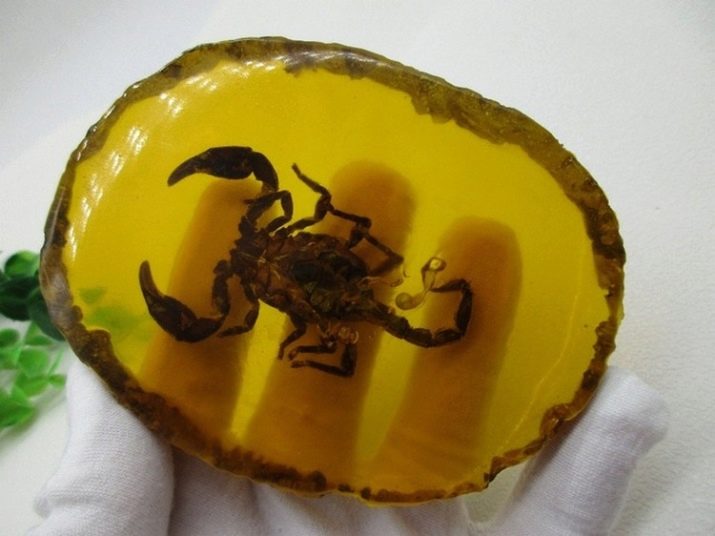
How to distinguish a fake at home?
It is clear that in the store you will not be able to try to scratch the product or melt it in order to make sure that the product is authentic. It will be easier to do this at home. One of the easiest ways is to run a blade or knife over the stone in an inconspicuous place. Natural amber will crumble, and a fake will only have shavings.
Let's also consider other ways to identify a fake.
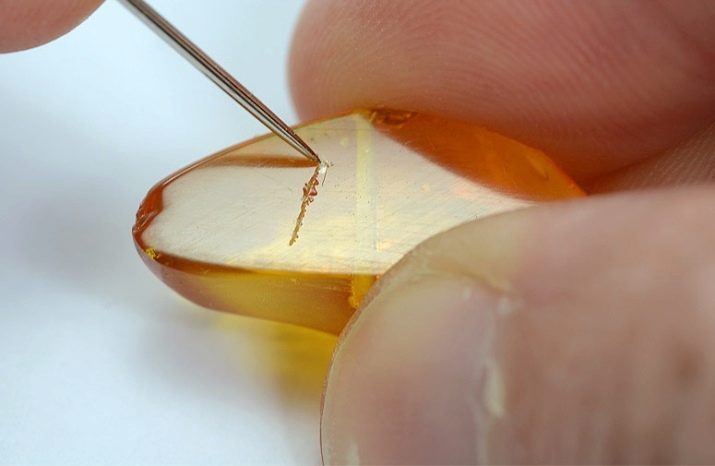
Salty water
Take a glass of water, add 8 teaspoons of salt to it, stir and put a stone in it. You can evaluate the result by the fact whether the stone sank or not. The original will not sink, nor will a product made of pressed amber or dug-out sink.

Electrification
Natural amber is charged with negative energy. To do this, rub the stone against wool or silk and attach it to small pieces of paper. The paper will stick to the natural stone.
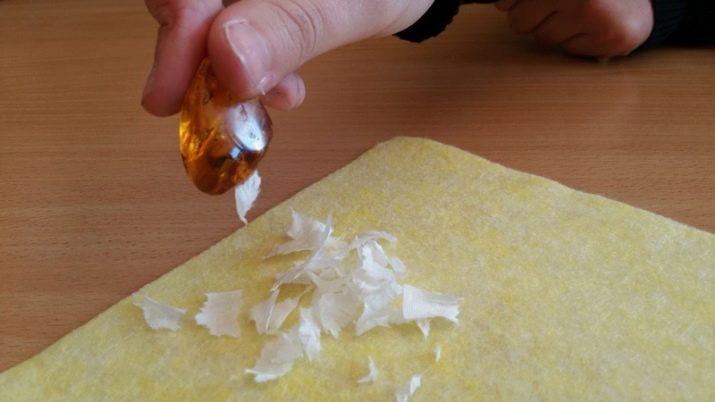
Melting smell
Rubbing the stone increases its temperature and you can smell turpentine or pine scent. If you try to melt amber with the hot end of a needle, you can see white smoke and smell the rosin. Any fake will give off a chemical scent.

Chemical attack
Natural stone transfers the impact of chemicals on it without any problems. The plastic counterfeit is destroyed immediately. Alcohol or thinner will ruin your copal jewelry. Pressed amber will become sticky after rubbing.
Important! Do not use chemicals for more than three minutes, otherwise the stone may become stained.
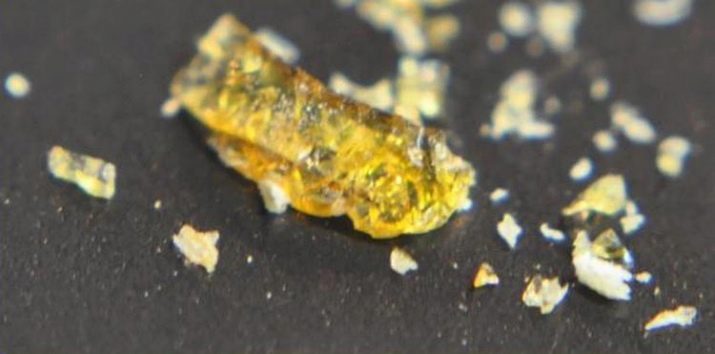
Ultraviolet
Natural stone mineral reacts to ultraviolet light. Ultraviolet light makes it possible to see wave-like transitions and inhomogeneous structure.
Amber is the oldest mineral. Long ago it was believed that it was formed from solidified honey. He hides within himself a powerful force that he carries from century to century. Therefore, it is important to know its features and be able to distinguish a fake from the original in order not to be deceived, and buying a stone did not bring disappointment, but only well-being and joy to your home.

For information on which amber is especially valuable, and which specimens are not appreciated, see the next video.








